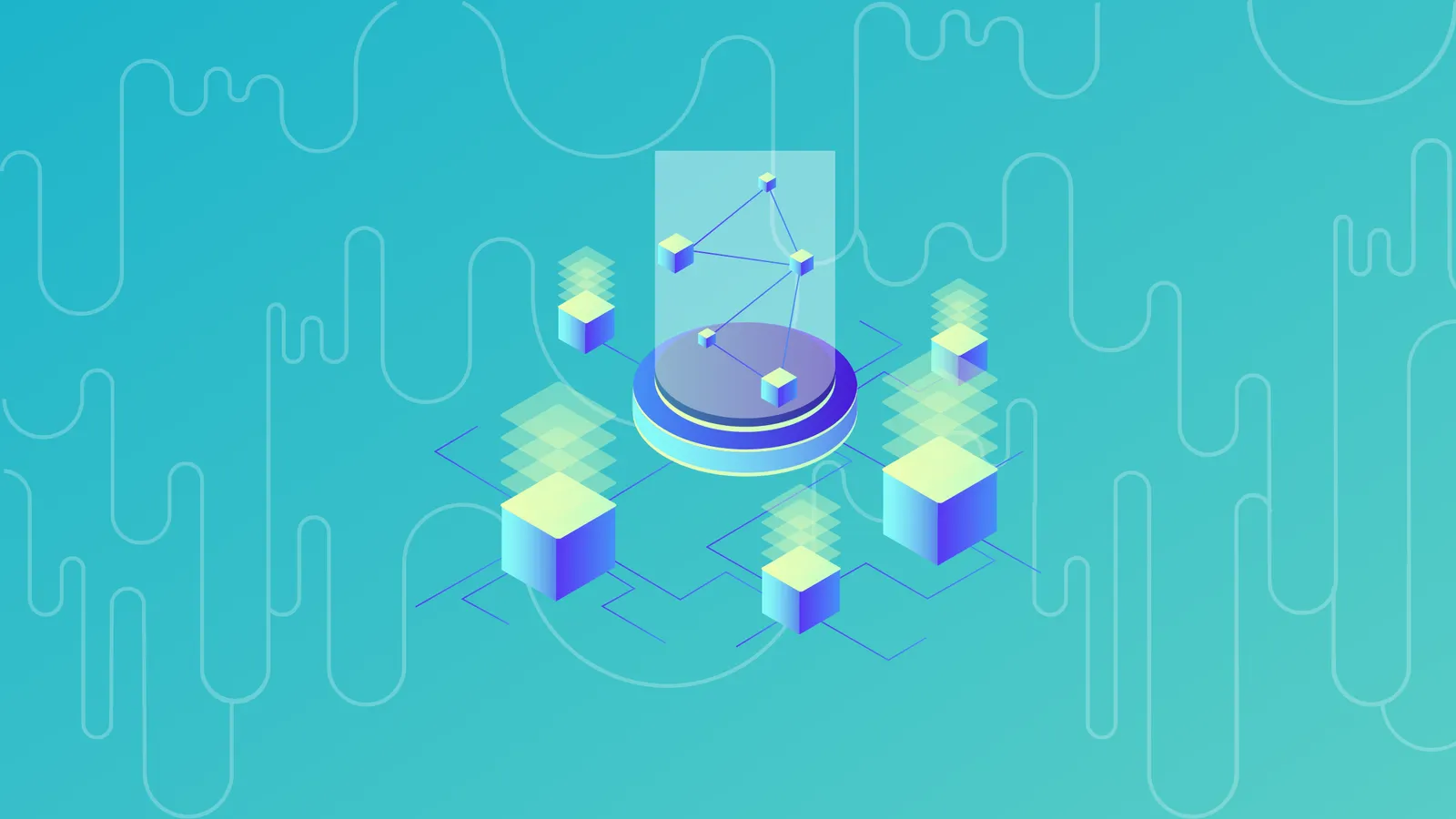Blockchain infrastructure has evolved to incorporate layer 1 and layer 2 networks. A more recent development is the emergence of so-called “layer 3” networks.
So what are layer 3 networks, and how do they differ from layer 1 and layer 2 networks?
What is a layer 3?
To understand what layer 3 networks are, we first need to look at the layer 1 and layer 2 networks that they sit atop.
Layer 1 networks are the base layer of blockchain infrastructure, and include blockchains such as Ethereum or Bitcoin. They provide the underlying framework for a blockchain network, validating transactions and achieving consensus.
However, layer 1 networks can face scalability bottlenecks caused by throughput and transaction costs.
That’s where layer 2 networks like Arbitrum, Optimism, and Blast come in. They are networks that live on top of the layer 1 blockchain and deploy a variety of scaling solutions to help improve their efficiency. These can include bundling transactions or processing transactions off-chain.
Layer 3 networks are one of the latest developments in the blockchain space, building atop the established infrastructure of layer 1 and layer 2 blockchains.
Their primary function is to host decentralized applications (dapps) so that they can perform at optimal levels without suffering from the network congestion of the layers below it.
Layer 3s also focus on scalability and efficiency, like the layer 2s they’re built on top of—but layer 3s do so in order to promote interoperability, and to improve the performance of complex dapps.
Layer 2s vs layer 3s
Layer 2s (also known as rollups) were first introduced as a blockchain layer on top of the layer 1 Ethereum network. They were intended to address the scalability issues found on Ethereum, and for the most part, they have done a pretty decent job at it.
Where layer 2s focused on improving the scalability and efficiency of the chain they were built on top of, layer 3s are intended to address issues in user-friendliness, efficiency and functionality, and typically focus on dapps as their primary use case.
The intended function of a layer 3 network is to improve the scalability and efficiency of decentralized applications (dapps) built on top of it. They typically only house one dapp, enabling it to perform at high speeds, without the congestion found on layer 1 and layer 2 networks.
For developers, layer 3s are an environment in which they can create much more advanced dapps, using complex smart contracts that might not be feasible on layer 1 or 2 networks due to scalability and cost restrictions. They can also be customized for specific application use cases in ways that layer 2s can’t—because they don’t have the same constraints.
Layer 3s aren’t exclusive to Ethereum; other layer 1 networks such as Cosmos and its IBC protocol also provide solutions for creating layer 3s.
Examples of layer 3 networks
If you’ve spent any time on crypto social network Farcaster, you’re probably familiar with DEGEN and Degen Chain. Originally a channel on Farcaster, the Degen community launched a token on layer 2 network Base called DEGEN, primarily used to tip people on Farcaster. The token quickly grew, and soon after, the pseudo-anonymous team launched its own L3, Degen Chain.
Degen Chain was built using Arbitrum’s Orbit layer 3 architecture, but was launched on top of the Coinbase-incubated Ethereum layer 2 network Base. Its purpose is to serve as an ultra low cost environment for degens and developers alike to create fun and user-focused applications, primarily based on speculation.
Another popular layer 3 is Xai—an Arbitrum layer 3 designed for gaming applications, offering reduced fees and a level of account abstraction not available on Layer 2s.
Account abstraction is important when it comes to consumer-facing dapps like video games, in order to smooth the onboarding process for mainstream users and remove the complicated series of steps that blockchain-based products often entail.
Xai retains the core functionality of Arbitrum’s Layer 2, but utilizes optimistic rollups to handle transactions—making it cheaper and faster than the layer it’s built atop.
The future of layer 3 networks
As layer 2s continue to grow and expand in count, the demand for more sophisticated and scalable solutions is set to grow alongside them. Layer 3s create a more flexible infrastructure for dapps, allowing for features like privacy, user friendliness (via account abstraction), and interoperability across layers.
When it comes to gaming, account abstraction is crucial. Complex dapps like video games need a more flexible environment to succeed—one that retains core elements of Web3’s decentralized ethos (such as players owning their own in-game items), but also provides the additional functionality that’s needed for dapps to go from “niche crypto products” to “mainstream.”
Similarly, in regards to privacy, complex cryptographic techniques needed to create on-chain privacy become much more feasible and cost effective to implement.
Offering genuine improvements for dapps and the developers trying to build on layer 1 and layer 2 networks, layer 3s are likely to proliferate over the coming years alongside layer 2s, as developers start building more complex products that transcend the current limitations of layer 1 blockchain rails.


